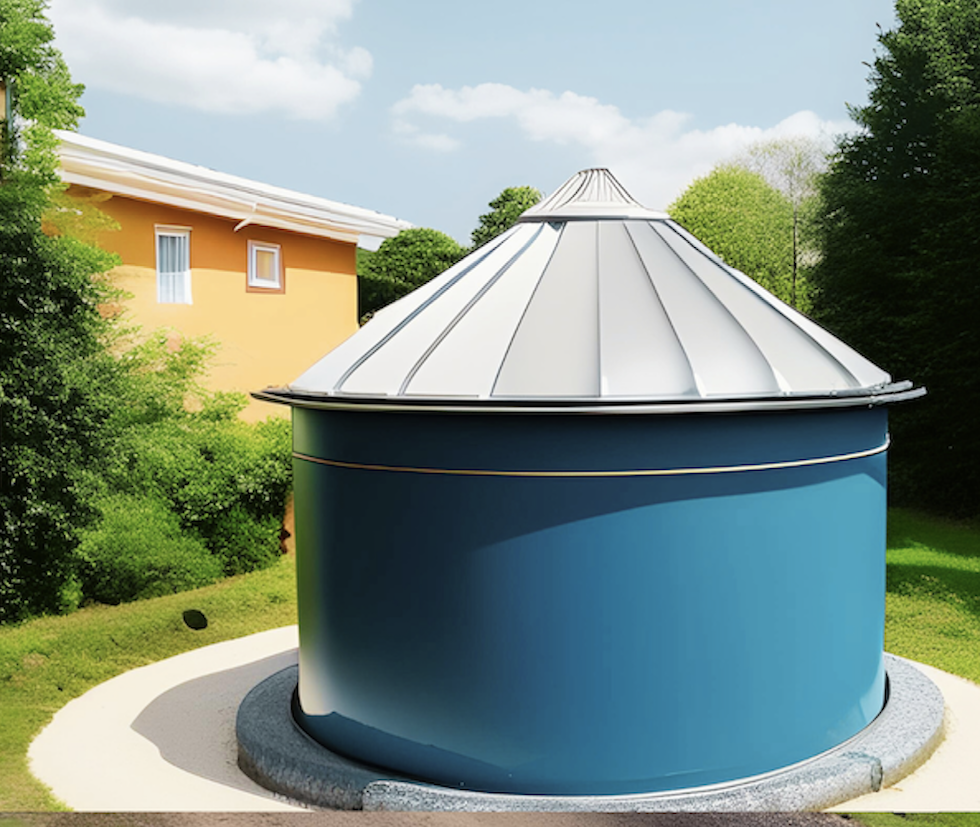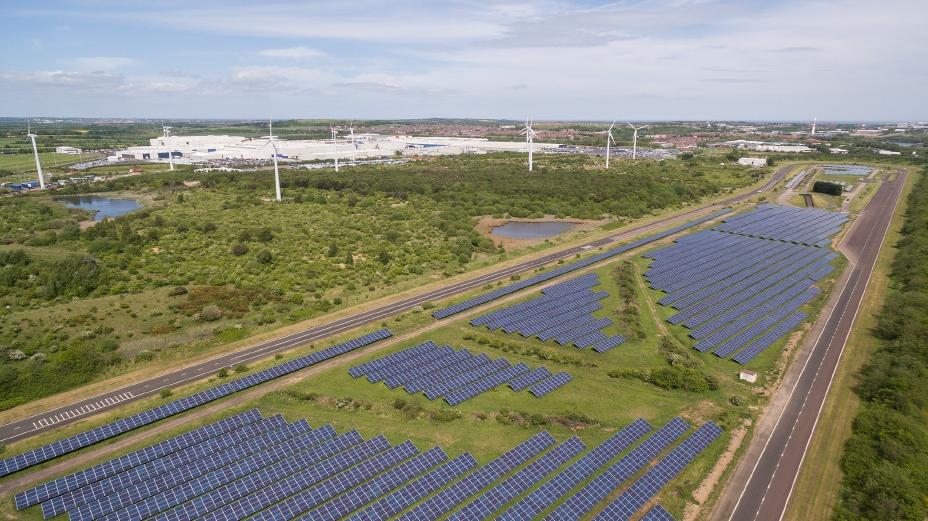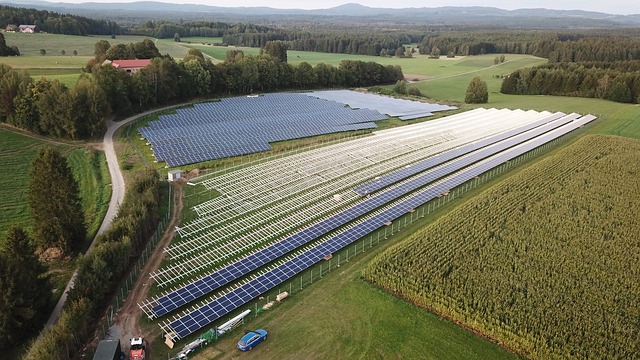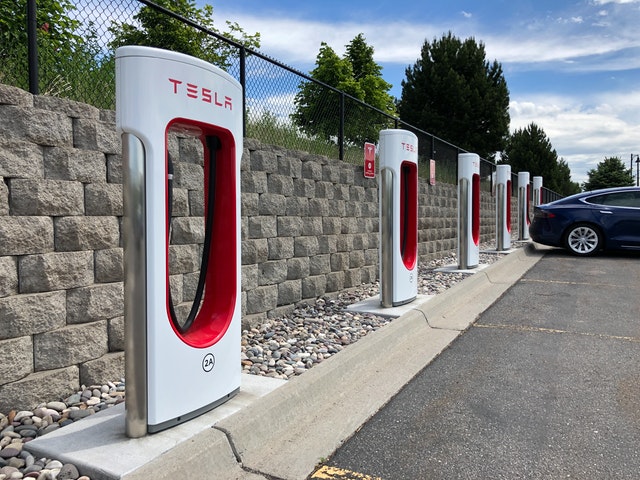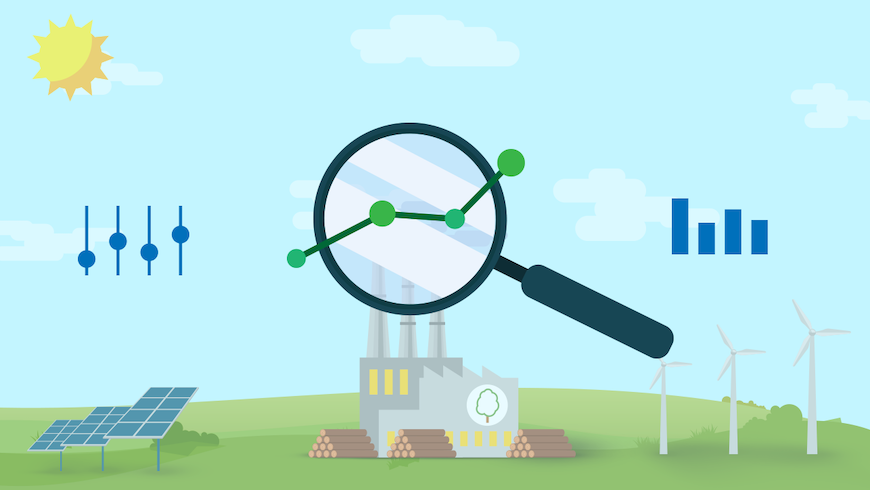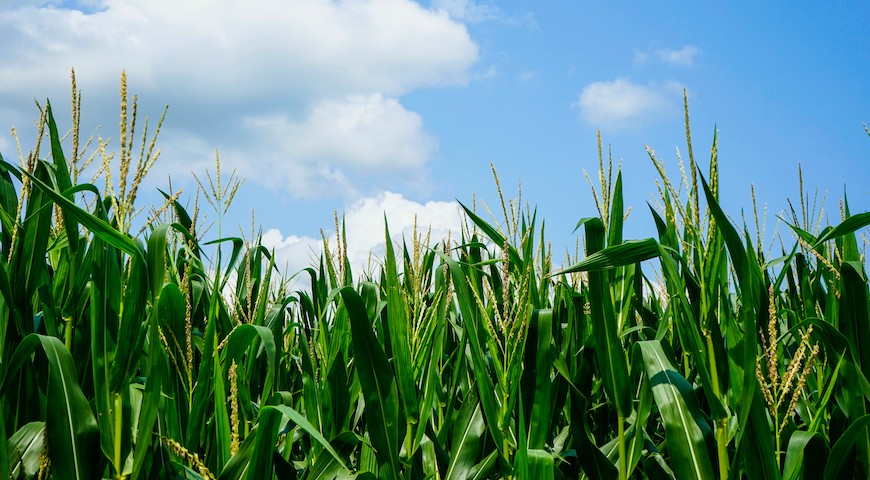Biogas is a renewable energy source. It is produced from carbon-rich organic materials, such as agricultural waste, food waste, livestock manure, seaweed, and sewage sludge in anaerobic conditions. The biomass is replenished and is locally available in rural areas making biogas production cost-effective and sustainable. Thus, small-scale biogas technology could contribute to the green energy transition in the rural areas of the developing world.
What is the composition of biogas?
Biogas consists of methane (CH4, 40-65%) and carbon dioxide (CO2, 30-40%) as the prime constituents. It also contains ammonia (NH3), water vapour (H2O), hydrogen sulphide (H2S), hydrogen (H2), nitrogen (N2), oxygen (O2), and siloxanes in minor percentages.
The composition of the biogas depends upon the feedstock types, climatic conditions, microorganisms' consortia, the technology used, etc.
What are the factors affecting biogas production?
Several variables that affect biogas production are:
- Type and volume of feedstock materials: The feedstocks for household biogas plants are mainly animal dung and human excreta. The moisture, solid, and volatile solid contents of feedstock materials determine the quantity and quality of biogas in the biodigester. Moreover, the carbon and nitrogen ratio of the materials affects the biogas composition. It is important to maintain the C: N of the organic matter between 20 to 30 for optimum biogas production.
- Biowaste pretreatment technique: The feedstocks with high cellulose and hemicellulose contents are difficult to break down by microorganisms in the first step (hydrolysis) of the anaerobic digestion process. The pretreatment techniques break the cellulose into monomers and make the digestion process fast and efficient.
- Retention time: The retention time, also known as hydraulic retention time is the average time required for the input organic materials to remain in the biodigester. It is determined by dividing the biodigester volume by the total feedstock volume added per day. Therefore, the retention time varies depending on the feedstock types and volume.
- Temperature and pH: Maintaining the temperature (approx..35°C) and pH (6.5 -7.5) within the optimum value is a prime concern for the higher microbial activities inside the biodigester.
- Microbial consortium: The biogas production process involves different groups of microorganisms, such as acetogens, methanogens etc. in different steps. Therefore, their numbers and activities determine the anaerobic digestion process and hence the composition of biogas.
- Water content: Water is added along with the waste materials for the proper digestion process to occur. It is assumed that the waste-to-water volume ratio is generally 1:1.
- Inhibitors /Toxins: The presence of inorganic toxicants, such as heavy metals, sulphides, ammonia etc. and organic toxicants, such as long-chain fatty acids, chlorophenols etc. alter the microbial activities and biogas constituents inside the biodigester.
What are the potential uses of small-sized biogas?
Biogas is used in cooking, heating, and lighting purposes. Biogas is low-carbon emissions fuel and it is an alternative to traditional biomass energy and imported fossil fuels.
On a large-scale, biogas can also be used to generate electricity and as vehicle fuels following the biogas upgrading process. The biogas can be upgraded into pure methane (biomethane, > 97% CH4) by removing the impurities, such as CO2 and other components from the biogas mixture.
Until now, the upgrading process is expensive and is not suitable for rural household biogas plants. In the future, it may be possible to implement cost-effective biogas upgrading technology in household biogas plants too.
Biorefinery approach of small-sized biogas technology
In rural areas, biowastes such as agricultural residue, livestock manure, and human excreta are produced significantly. But due to the improper management of these biowastes, serious consequences in both environment and human health are prime concerns. Using these organic wastes as household biogas feedstock sources, measurable environmental and socio-economic benefits, including emissions reductions, health benefits etc. are achieved.
Unlike other renewable energy sources, such as solar and wind power, biogas technology not only supplies clean and affordable energy but also contribute to sanitation and crop productivity. From this aspect, small-scale biogas plants can promote local circularity. Therefore, biogas production contributes significantly to fulfilling many of the United Nations Sustainable Development Goals (UNSDGs), such as sustainable energy, sanitation, sustainable communities, and climate action.
What are the benefits of a household biogas plant in rural areas?
Sustainable energy production: The rural biogas plant provides an alternative energy source to traditional energy usages such as firewood and kerosene. Biogas generation primarily depends upon the availability of organic wastes. Such wastes are commonly available in rural areas.
Pollution control: Unlike firewood, household biogas technology doesn’t produce smoke while burning so it reduces indoor air pollution. Also, the biogas plant provides an alternative option to treat animal manure, human waste and other organic wastes.
Lower GHG emissions: Animal manure and other organic wastes are major potential sources of GHGs emissions in rural areas, if not treated properly. However, biogas technology can convert rural biowastes into biogas, a sustainable energy source, thereby reducing GHG emissions.
Therefore, biowaste valorization reduces rural areas’ carbon footprint. However, it is important to consider the digestate post-treatment to make a significant reduction in GHGs emissions.
Biofertilizer production: Besides energy sources, the biogas plant produces digestate containing nutrients including nitrogen, phosphorous, and potassium that can be utilized as a biofertilizer.
Create Green jobs: The small-scale biogas plants can create green jobs locally for installation and maintenance, and repair services in rural areas.
What are the challenges of household biogas technology?
The availability of suitable feedstock is the prime concern for the successful implementation of biogas plants. Most of the rural biogas technology utilizes freely available animal manure, human excreta, and vegetable wastes as the input organic materials. Irregular feeding and improper pre-treatment of waste materials decrease the efficiency of the anaerobic digestion process which finally affects the biogas composition.
Besides biowaste, the other challenges for the successful implementation of small-scale biogas plants are:
- lack of awareness of environmental and health problems associated with firewood
- easy accessibility of fossil fuels in rural communities
- irregularity in biogas production, such as climatic condition
- lack of technical support for post-installation, repair, and maintenance
- lack of suitable subsidies available from the local government during and after the installation
What is the current scenario of Small-scale Biogas Plant Worldwide?
In general, small-scale biogas plants should fulfil the clean energy demand and bring a positive impact on human health and the environment in rural areas. But in most cases, the lack of awareness, proper education, technical manpower etc. hinder the efficiency of rural biogas plants in developing countries.
Throughout the last few decades, many countries have launched national biogas projects in rural areas to replace traditional heating and cooking purposes with household biogas plants. Countries like Nepal, India, China, Tanzania, Thailand, and Vietnam have installed a significant number of household biogas plants to fulfil the energy demands in rural areas.
Globally, China is the top energy consumer followed by the United States and India. It is estimated that approximately 40 million and 5 million small-sized biogas plants are installed in China and India respectively. Still, there is a huge potential for small-scale biogas plants in the rural communities of these two countries.
Similarly, Nepal has also successfully installed more than 300, 000 household biogas plants with support from the government, development partners, and partner agencies. The fixed-dome (underground) digester type is the most common biogas plant in Nepal. The biogas plants installed in Nepal's rural areas are simple in design but available in different sizes ranging from 2m3 to 8m.3
Unfortunately, a large number of household biogas plants aren't functioning well and are in unused conditions. Therefore, the problems of methane leakage from many biogas plants are increasing trend.
Future of small-scale biogas technology
The negative consequences, such as climate change, environmental pollution, and lack of sustainable energy supply have indicated that fossil fuels may not exist as future energy sources. Then what? We need other renewable energy sources to fulfil the increasing demand for cleaner and sustainable energy.
Small-scale biogas technology is a potential option for a sustainable and renewable energy source in rural areas of developing countries. Not only the biogas plant provides clean energy but also supplies nutrients rich biofertilizers. The feedstock materials, such as animal manure and human excreta are freely available as waste materials in rural areas. If not properly managed such waste materials pose threat to greenhouse gas emissions.
The future of household biogas plants solely depends upon local and national government policies for clean energy use. The current global energy system, the emergence of new technology, the energy crisis, new energy policies, social trends etc. clearly indicate biogas is a potential clean energy source.
As it is feasible to purify biogas on large scale, more research and technological development is needed to implement such biogas upgrading technology on a small scale in a cost-effective way. Without upgrading the biogas, it is not feasible to fulfil the demand for sustainable energy supply in rural areas.
The successful implementation of the rural-biogas plant primarily depends upon public acceptance. The cost of installation is still high and there is still room for technological improvement. Therefore, support from the local government is required in terms of incentives, rewards for methane emission reduction and waste management etc. In the future, the rural biogas plant can become a significant part of sustainable renewable energy sources.
The shift to household biogas enhances energy security and contributes to fulfilling sustainable development goals.
Conclusion
A household biogas plant is an environmentally friendly technology which contributes to the renewable energy transition in the rural areas of the developing world. Moreover, small-biogas technology is one of the productive approaches to harnessing the full potential of resources from biowaste generated in rural areas. People are more concerned about the environment and this may be one of the reasons why the biogas plant is becoming more widespread in rural areas. However, the successful implementation of rural biogas digesters largely depends upon local and national government policies and regulations. There should be a mechanism to monitor and address the hurdles in biogas production by the local authorities, otherwise, rural people shift towards more reliable energy sources. By subsidizing the biogas construction and maintenance cost, small-scale biogas plants become more sustainable.

 How it Works
How it Works Pricing
Pricing FAQ
FAQ Quiz
Quiz Contact Us
Contact Us
